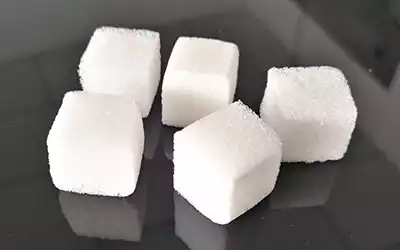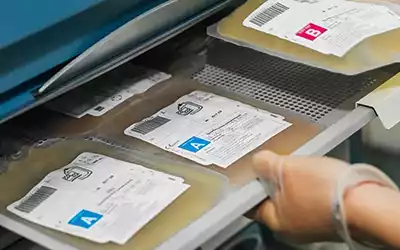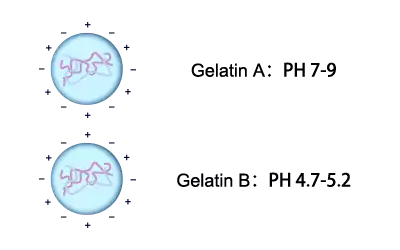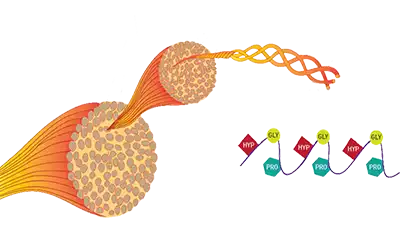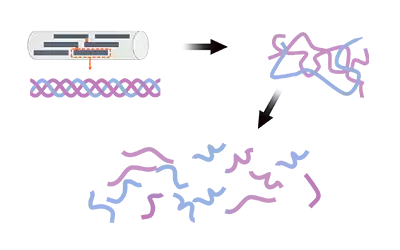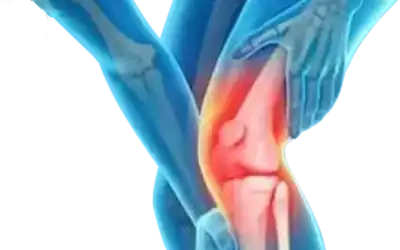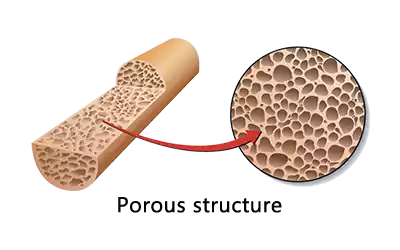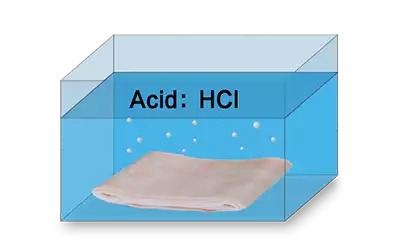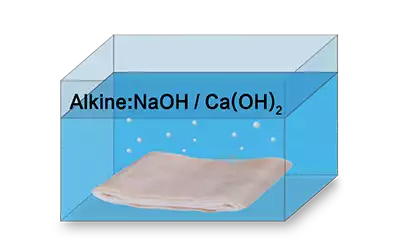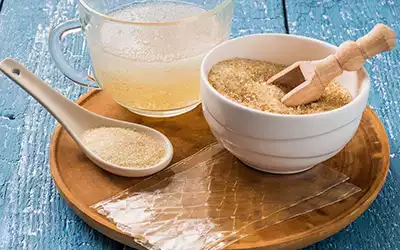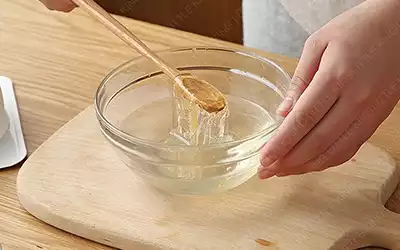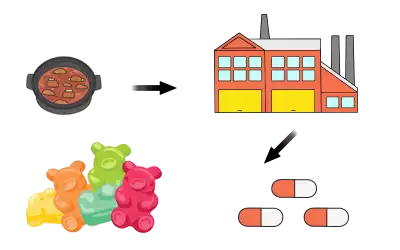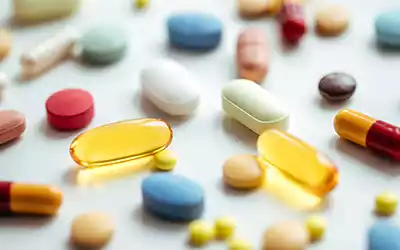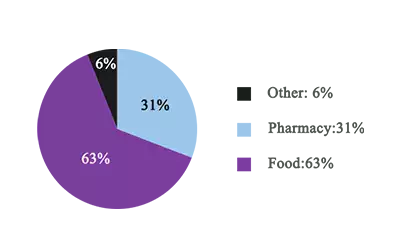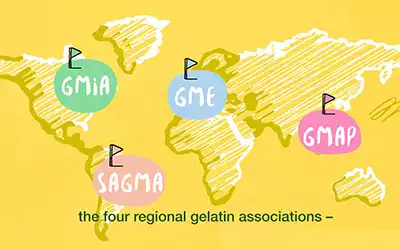Pharmaceutical gelatin for Stopping Bleeding, Hemostasis
The pharmaceutical gelatin sponge absorbs blood and expands to stop bleeding. It is compatible with the body, can be degraded to amino acids
Pharmaceutical Gelatin for Blood Plasma Substitute
Gelatin blood plasma substitutes are more compatible with the body than polysaccharide blood plasma substitutes 💉. It is used to expand blood volume.
Difference between Acid treated Gelatin and Alkali treated B Gelatin
Gelatin A has an isoelectric point of PH 7-9 and gelatin B has an isoelectric point of PH 4.7-5.2. 🔬Gelatin A is light in color and gelatin B is more yellow in color.
4 Level Structure of Collagen: Triple Strand Helix
🔬Collagen has a primary structure, a secondary structure, a tertiary structure and a quaternary structure. The three helical peptide chains are twisted together to form a three-stranded helical structure.
Difference of Collagen, Gelatin, Collagen Peptide
Collagen is widely present in skin, bones and tendons. 🔬Collagen is hydrolyzed into gelatin, and then gelatin is hydrolyzed into collagen peptides.
Gelatin, Collagen Peptide Relieves Joint Pain (Arthritis)
Gelatin, Collagen Peptide promotes the growth of joint cartilage 🦴 and more joint fluid. Ingestion of gelatin or collagen peptides can relieve joint pain.
Gelatin or Collagen Peptide Relieve Osteoporosis
Gelatin or collagen peptide promotes the growth of bone cells 🦴. They will synthesize more collagen and absorb more minerals to increase bone density and elasticity.
Type Ⅰ Collagen in Animal Skin, Bone & Tendon
Collagen is the most abundant and widely distributed protein in living organisms. It is mainly found in bone, skin, fascia and tendons.
How type A Skin Gelatin or Acid Pretreated Gelatin Produced
Type A edible bovine or pig skin gelatin: The skin of cattle or pig is soaked in acid and heated to hydrolyze collagen to extract gelatin with an isoelectric point of PH 7-9.
How type B Skin Gelatin or Alkali Pretreated Gelatin Produced
Type B edible skin gelatin: bovine skin or porcine skin is soaked in alkali and heated to hydrolyze collagen to extract gelatin with an isoelectric point of PH 4.7-5.2.
Difference between Leaf (sheet) Gelatin and Powder Gelatin
Gelatin sheet is a standardized product made by dissolving gelatin granules and drying them in a flat mold. It is divided into 5 different grades according to gel strength or Bloom value: platinum, gold, silver, bronze, and titanium.
Tips & Hints for using Leaf Gelatin, powder & Granule Gelatin
🔬Gelatin should be softened in water and then heated and dissolved to make an aqueous solution. Gelatin is easily decomposed by acid and heat. The gel strength of gelatin is related to its thermal history.
Application of Edible Gelatin in Food Industry
Edible gelatin is used in the food industry 🎂 as an additive: emulsifier, clarifier, jelly, stabilizer, thickener and foaming agent.
Gelatin in Pharmaceutical & Medical Application
Gelatin has been used to make single-piece and double-piece capsules💊, gelatin hemostatic sponges, gelatin blood plasma and scaffolding in regenerative medicine.
Story and History of Gelatin, Gelatine: Capsules, Photography, Food Additives
From ancient glue, aristocratic food to a modern additive, gelatin has been widely used in confectionery, medicine💊, photography and other industries after a long development.
History of Soft and Hard Gelatin Capsule
The single-piece gelatin soft capsule and hard gelatin capsules (two-piece capsule) 💊 was invented in 19 century. Capsules were continuously improved and produced automatically in the early 20th century.
Gelatin Recipes in Ancient China
In ancient China, the cooled broth from stewed pork skin would form a meat jelly, which was cut into strips and served with soy sauce and vinegar.
The Earliest Gelatin for Adhesion in China
The earliest gelatin in China was found on a scepter in the Xiaohe cemetery in Xinjiang ⚰️. The gelatin was not decomposed by bacteria because of the dry climate.
Global Distribution of Gelatin Industry
Europe and the United States dominate the edible gelatin and pharmaceutical gelatin market, while Asian gelatin grow rapidly. 🌐
Gelatin Market Share & Raw Material
63% gelatin is used in food and 31% gelatin is in pharmacy 📈. Mad cow disease led to the abandonment of bovine gelatin and the use of porcine gelatin is more popular.
Global Gelatin Associations
🌐Gelatin associations were established in every continent to avoid price war among peers. They ensured the acquisition of quality and sufficient raw materials.
